Huawei still innovates: Mate 50 features satellite connectivity, Emergency Battery Mode
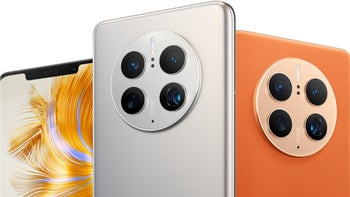
No matter what Apple announces later today at its "Far out" event, the first company to announce satellite capabilities for its smartphones is and will always be Huawei. On Tuesday, the Chinese manufacturer announced its 2022 flagship Mate 50 series. When Huawei used to release two flagship series every year, the Mate line was usually the firm's most technologically advanced handsets for the year.
Huawei announces satellite connectivity for the Huawei Mate 50 and Mate 50 Pro
Now, thanks to the U.S. restrictions on the company, Huawei switches off every year between its flagship photography-focused P-series and its flagship Mate line. The phones announced today by Huawei include the Mate 50 and Mate 50 Pro. Both models will be able to send short text messages and be able to navigate via satellite using China's BeiDou satellite network.
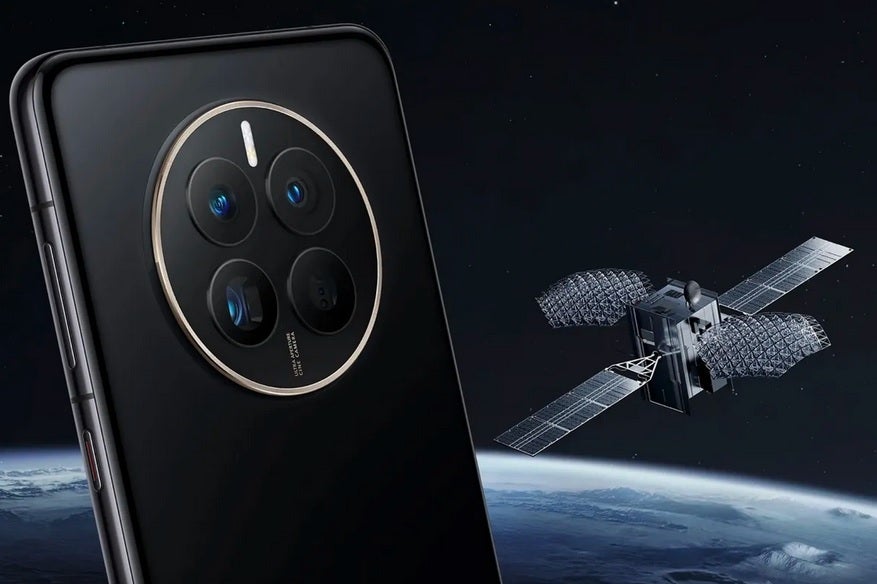
Huawei beats out Apple, announces satellite connectivity for the Mate 50 and Mate 50 Pro
Thus, even when in an area without any cellular signal, Mate 50 and Mate 50 Pro users will be able to send text messages in case of an emergency. According to The Verge, the phones will not be able to receive texts by satellite.
Both the Mate 50 and Mate 50 Pro are powered by the Snapdragon 8+ Gen 1. However, due to the restrictions against Huawei, these chips are tweaked so that they can't deliver 5G support. Both devices also come with 8GB of memory. The Mate 50 sports a 6.7-inch OLED display with a 90Hz refresh rate. The Mate 50 Pro screen is a curved 6.74-inch panel with a 120Hz refresh rate.
Both models are equipped with a 50MP primary camera sensor in the back with a variable aperture that adjusts depending on the amount of light available. In low-light environments, the aperture widens to allow more light in while in bright environments the opposite occurs. The range goes from f/1.4 to f/4. Both phones also have a 13MP sensor driving an Ultra-wide camera with an f/2.2 aperture.
Where the Mate 50 features 100x digital zoom with its 12MP telephoto lens, and a center-placed hole-punch in front, the Mate 50 Pro has a telephoto lens in front of a 64MP sensor that delivers up to 200x digital zoom. It also features an iPhone-like notch on the display. Both handsets are pre-installed with the latest version of Huawei's own HarmonyOS (version 3.0, to be precise).
While neither phone will be available in the U.S. (due, of course, to Huawei's position as a national security threat), we thought that we might share the pricing anyway to give those in other countries an idea of how much these phones will cost. The Mate 50 starts at 4,999 yuan (equivalent to $718). The Mate 50 Pro starts at 6,799 yuan (equivalent to $1,006). Color options for both include Blue, Orange, Silver, Black, and Purple. These will be available with both plain leather and glass-back panels.
Emergency Battery Mode delivers 3 hours of standby even with just 1% battery life
There is a 4460mAh battery in the Mate 50 that keeps the lights on, while the battery in the Mate 50 Pro tips the scales at 4700mAh. Both phones support 66W wired charging, 50W wireless charging, and 7.5W reverse wireless charging. The latter means that users of either Mate 50 model can help out a friend in need with a dying phone battery by using their Mate 50 or Mate 50 Pro to charge the friend's handset. Of course, this act of kindness comes at a cost; the Huawei phone providing the charge will have to use some of its own battery power to perform this feat.
And remember that Emergency Battery Mode we told you about? It is real and will allow users of the Mate 50 and Mate 50 Pro to get three hours of standby time even with the battery down to 1%. That should allow users to make that emergency call or text even with 99% of the battery in their phone already spent.
Kudos to Huawei. With Uncle Sam holding its hands behind its back and forcing the company to wear a blindfold, it still manages to come up with a compelling flagship series with the Mate 50 and Mate 50 Pro.
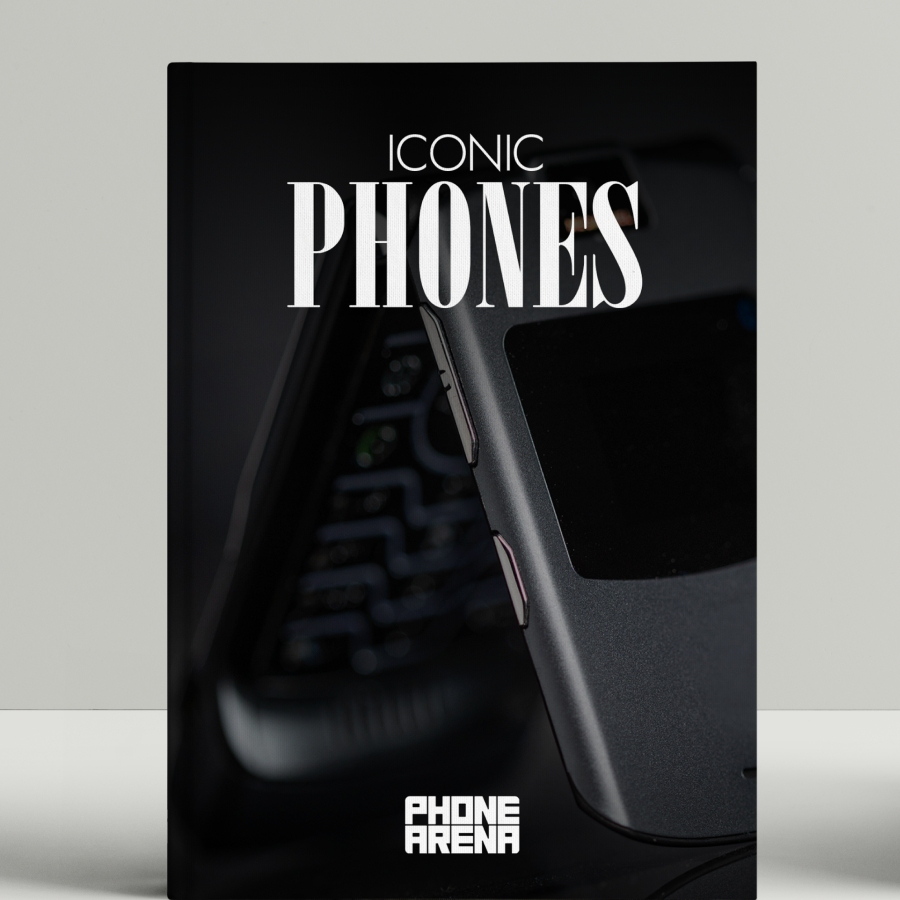

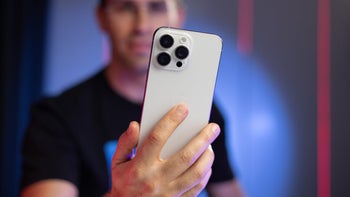




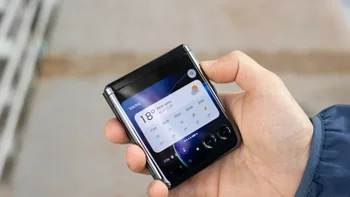

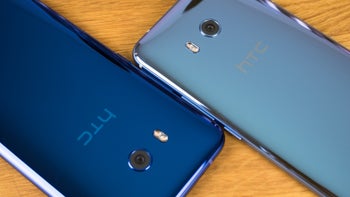
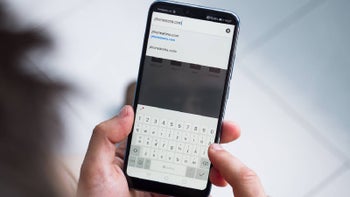

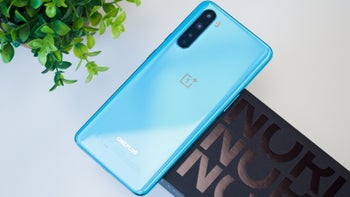

Things that are NOT allowed: